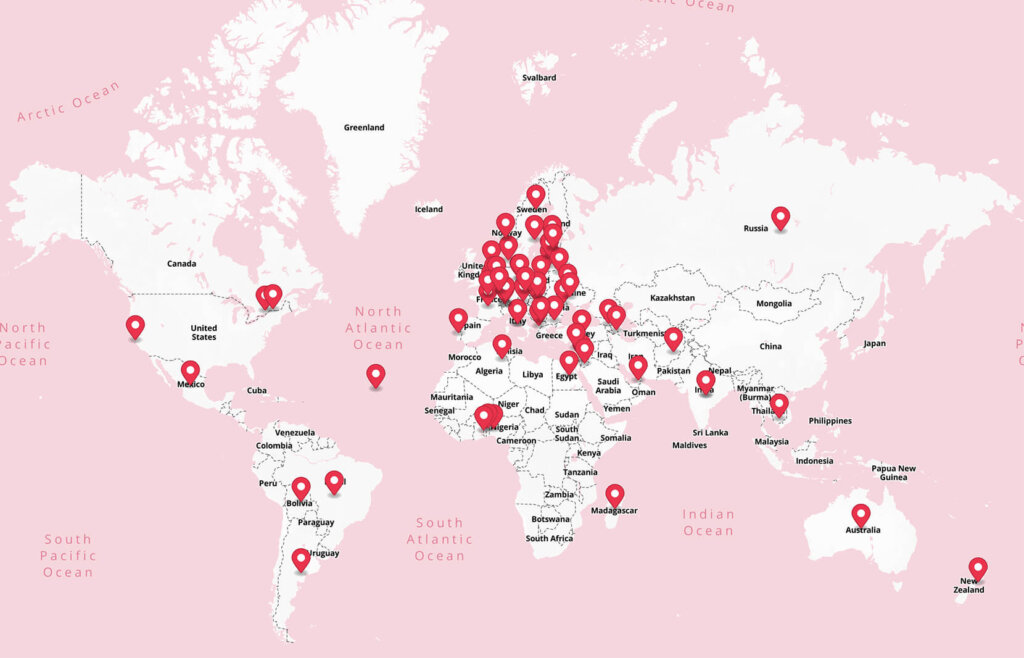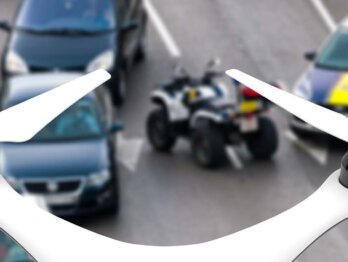people.gov: Digital innovation in government is about solving people’s problems

What is government digitalisation and public innovation good for? Rather, who is it good for? In these past few days, I have participated in several powerful events, such as the Tallinn Digital Summit, on the acceleration of digital transformation and innovation in governments. A thought that kept recurring in my mind is that, as the pace of digital transformation accelerates as a structural trend akin of a “game changer,” it is important to remind ourselves that digitalisation is a means to an end, not an end in itself. We should not succumb to Ulysses’ sirens – the hype and hope that digitalisation will miraculously solve all our problems and cure all our ills.
Digitalisation and data are fantastic boosters of innovation that help augment human intelligence with artificial intelligence, if used well. At the end of the day, digitalisation in government are tools and approaches applied by people as a means to solve problems and for the improvement of peoples’ lives. By digitalising public services, governments can better respond to people’s needs and expectations, public administrations can operate more efficiently and reduce red tape, and democratic institutions can better listen to citizens through digital democracy platforms. Digitalisation is about putting people at the centre; it is about solving their wicked problems.
People, not tech, should drive innovation in government. This reflection reminded me of three reference books by three change visionaries and thought leaders, that have inspired me and my team at the OECD Observatory of Public Sector Innovation.
- Solving Public Problems by the ever-inspiring Beth Simone Noveck, and her practical guide to fix government. Artificial, human, collective and emotional intelligences are all tools to unpack and better understand what the problem actually is, and ultimately to solve public policy problems. Her new book is part of the broader GovLab work, a fabulous incubator of ideas to reboot government for the data-driven digital era. Beth’s ideas drive us back to the basics of good government: to solve problems and deliver services, and leverage new technology tools using trial and error approaches to experimentation. For example, this approach is being used in Brazil, where the government recently released a call to identify innovation challenges that can be solved through AI; it starts with the problem you want to solve – understanding the root causes – not the tech solution that might help fix.
- Matt Andrews and colleagues have also underscored how central innovation is to building sustainable state capacity. Matt, along with Lant Pritchett and Michael Woolcock, argue that iterative approaches and continuous learning through experimentation are important to build government institutions that are tailored to context and fit-for-purpose. They propose “problem-driven iterative adaptation” as the strategy best suited to build sustainable institutional capacity over time. A risk of the digital hype is excessive and, at times, blind faith in the power of digital as a quick fix to institutional dysfunction. What Matt and his team at Harvard University remind us of is that people must continuously test and experiment new approaches tailored to the concrete problem one seeks to resolve. This is what govtech innovation labs do through challenge funds, with government agencies and tech start-ups teaming up to devise new solutions to old problems through experimenting, testing and scaling – in other words leveraging, as opposed to relying on, digital technologies to solve problems. This is the case of the recently-launched GovTechLab of Bizkaia, a provincial government in Northern Spain. In Ukraine, the digital services platform DIIA, built on open-source software, is an extraordinary example on how government can reinvent itself around life events to better serve people in dire need and in times of conflict.
- Last but not least the ever-inspiring Jorrit de Jong. In his classical Dealing with Dysfunction he shares his experience and insights with his “Kafka Brigades” in the Netherlands, a brilliant concept for innovative and disruptive problem-solving in the public sector, or rather what he refers to “first aid to bureaucratic breakdown”. He argues that successfully remedying bureaucratic dysfunction depends on employing diagnostics capable of distinguishing and dissecting various kinds of dysfunction. The “Anna Karenina principle” applies here: all well-functioning bureaucracies are alike; every dysfunctional bureaucracy is dysfunctional in its own way. The best approach to dealing with dysfunction and ending red-tape may therefore not be top-down regulatory reform, but rather relentless bottom-up and cross-boundary leadership and innovation. The best ideas don’t always start from the top! Think of crowdsourcing initiatives such the Creative Bureaucracy Festival in Berlin or Hack the Crisis, a 48 hour hackathon by the Government of Estonia to help identify solutions to the COVID-19 crisis and in which over 1,300 people from more than 20 countries and 14 time zones participated. Similarly, in Peru, the civic organisation Ciudadanos al Dia has recognised good practices and unsuspected innovations developed and driven by civil servants themselves for almost two decades now.
Hack the Crisis
Accelerate Estonia, the Government of Estonia’s project in agile innovation to tackle wicked problems, partnered with the Estonian hackathon-focused non-profit Garage48 to hold Hack the Crisis, a 48-hour hackathon dedicated to building solutions to help the country grapple with the COVID-19 crisis. Over 1 300 civic hackers participated in the event, resulting in 27 teams each working to build out projects, many of which have since been integrated into government operations.
???????? Estonia

In fact, Jorrit’s vision has been inspirational for the work of OECD OPSI, contributing to our report on Fostering Innovation in the Public Sector back in 2017 and remains a cornerstone of our thinking. Another insight of his thinking is to reduce complexity by eliminating what he called “phantom regulations”, those regulations that are only in the mind of people. Therefore, his debunking advice is to see the “hole in the donuts” which is the permission-free space that allow people to innovate within the rules that civil service should enjoy, but that are often unknown.
At OECD OPSI, we recently developed a framework to help governments leverage innovative approaches to tackle complex problems and serve citizens better. For us, a governments’ innovative capacity can be understood through four main frames of focus – purpose (intent and drive); potential (enabling environment); capacity (tools, methods and resources); and impact (results and learning) – that operate at three levels: systemic, organisational and (not to forget!) individual. We are now working on measuring government innovation through different dimensions including government capacity to innovate, the impact of innovation on people’s lives, and its return on investment for governments. But capacity precedes impact, as we are learning from our work in Romania.
To sum up: Government transformation must start with people and their problems, not predetermined solutions based on the latest tech fad. Digital innovations, data analytics and behavioural insights are not an end in itself, but rather a means for people to better understand and tackle today’s challenges. That is, again, staring with the problem! Thank you, Beth, Jorrit and Matt for inspiring us in trying to help governments transform themselves!











